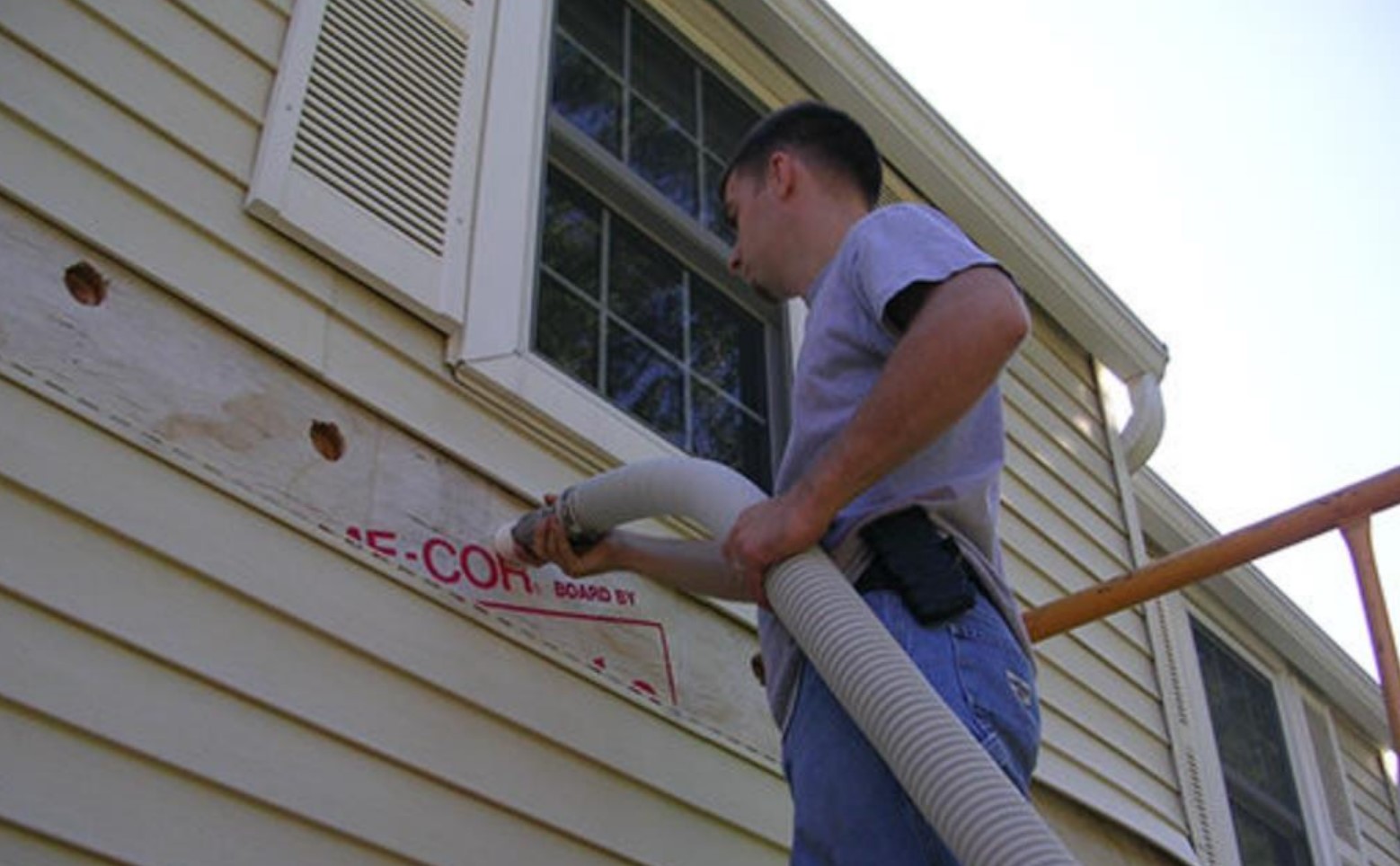
We are seeing an increased interest in projects to get a home off fossil fuels and powered (now or soon) by renewable energy. These projects are mostly about guidance and providing a roadmap to integrating a strategy of building efficiency, updated mechanical systems, and solar panels (and potentially battery storage). They are also seeking to answer the question, “Where is the next dollar best spent?”
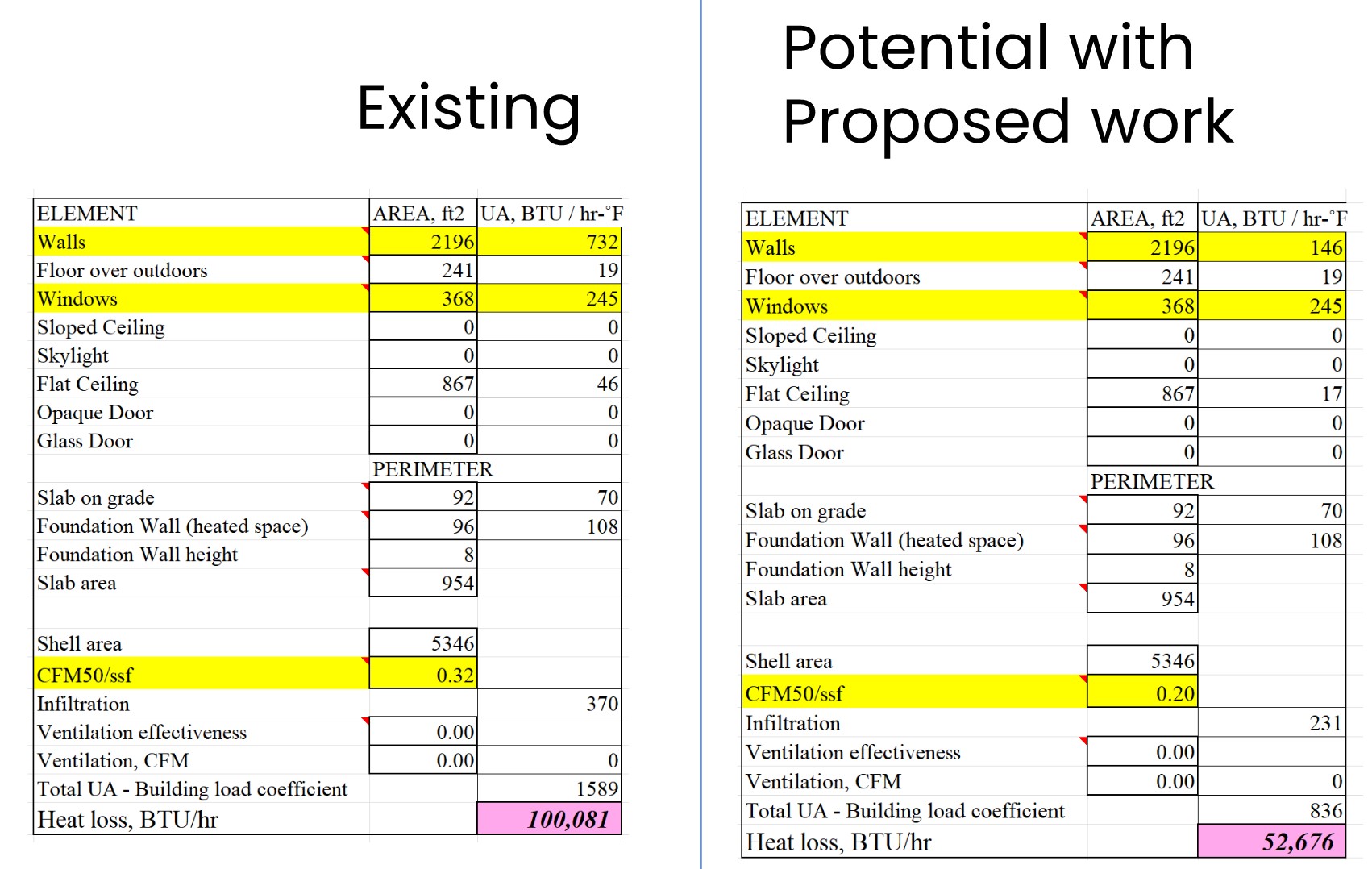
Phase 1: Weatherization
Our journey begins with Phase 1, where we focus on minimizing the energy required for home comfort. Through energy modeling, we pinpoint the major heat loss areas, such as the attic and basement. Recent projects have demonstrated 50% reduction in heat loss by introducing blown-in cellulose insulation to uninsulated walls, closed-cell spray foam in basement band joists, and increasing roof rafter depth to accommodate R-60 insulation. By moving the thermal envelope from the attic floor to the roof plan, this allows us to seamlessly integrate a ducted air source heat pump within the attic, ensuring maximum efficiency. We also explore the need for mechanical ventilation with an ERV by performing additional blower door testing. We are currently exploring alternate assemblies to reduce spray foam usage but still meeting the air tightness and insulation values.
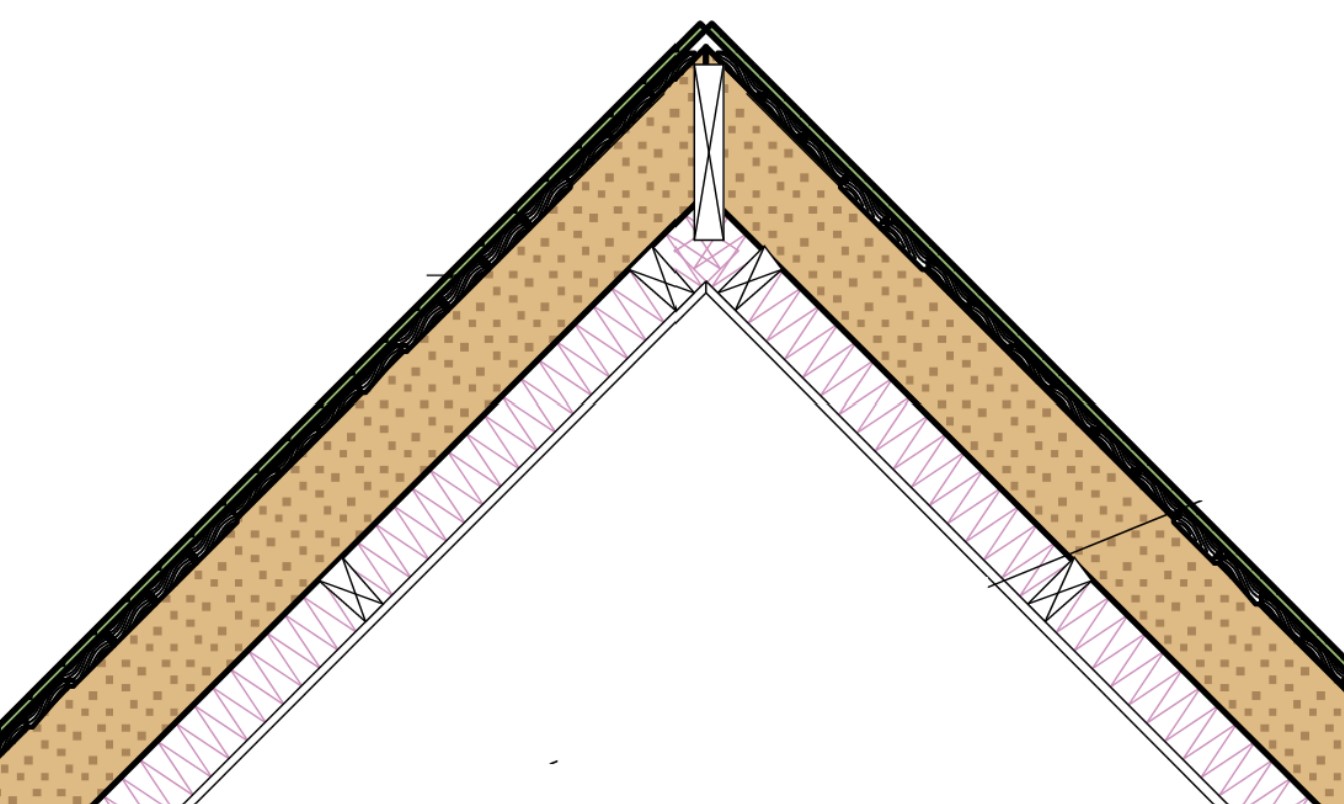
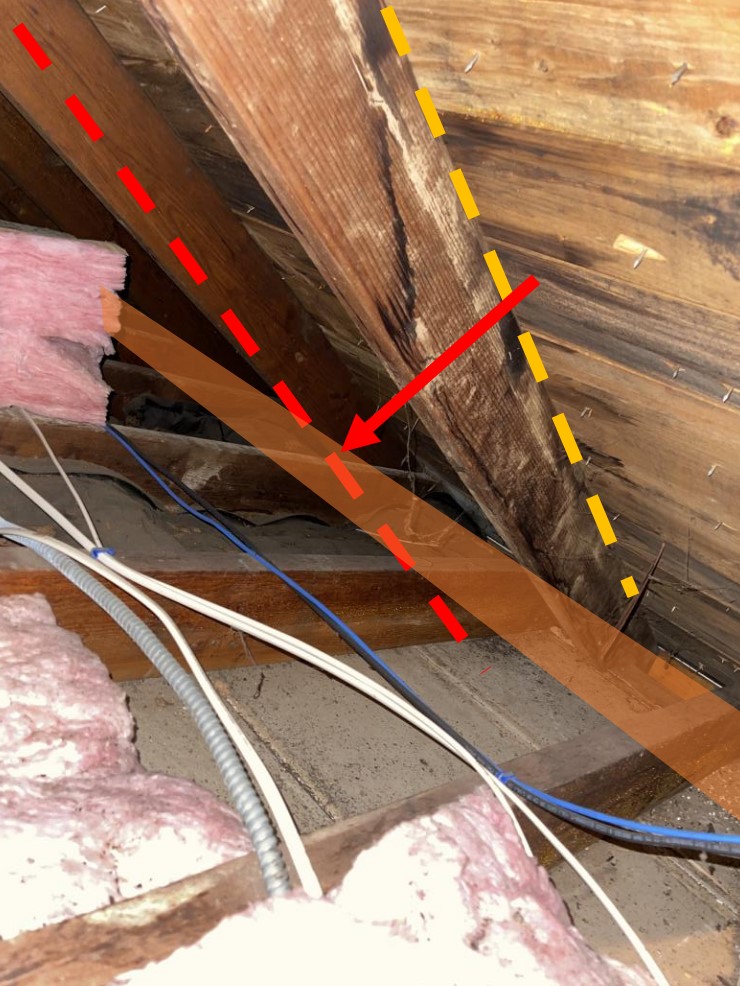
Phase 2: Mechanical System (Electrify)
Next is the replacement of existing fossil fuel-fed mechanical systems. With options ranging from ducted to ductless, our approach is tailored to the unique layout and any potential remodeling. The transformation of the attic into a conditioned envelope facilitates the installation of a ducted air source heat pump system to multiple bedrooms on the second level. For open-plan first floors, we can strategically place floor-mounted or wall mounted ductless mini splits, avoiding basement ductwork and headroom challenges. We also the existing hot water heaters, with an option for a hybrid heat pump hot water heater. The installation of outdoor units serves both the second-level ducted system and the first-floor ducted system. As we progress, we keep a watchful eye on evolving technologies such as air-to-water heat pump systems. We currently still have a preference for air source heat pumps in single-family residences over ground source due to upfront costs and long term service availability.
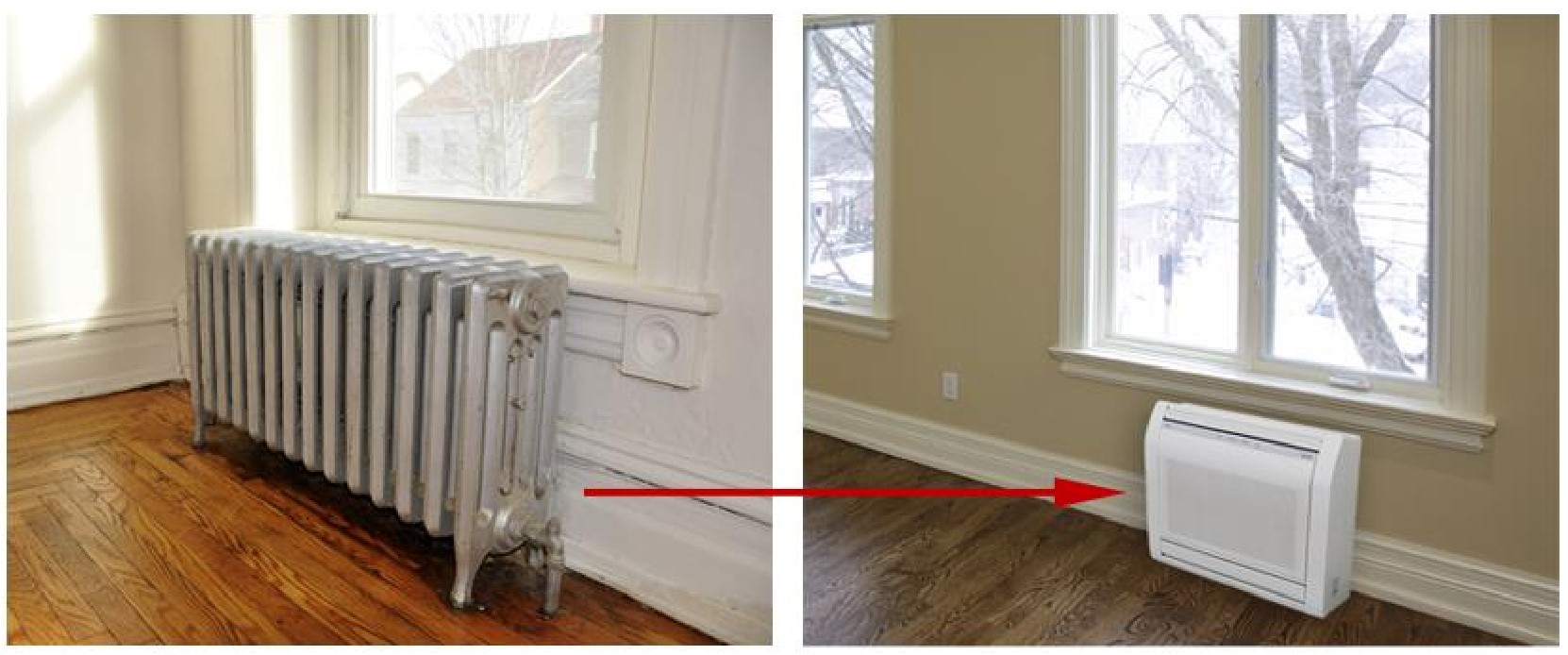
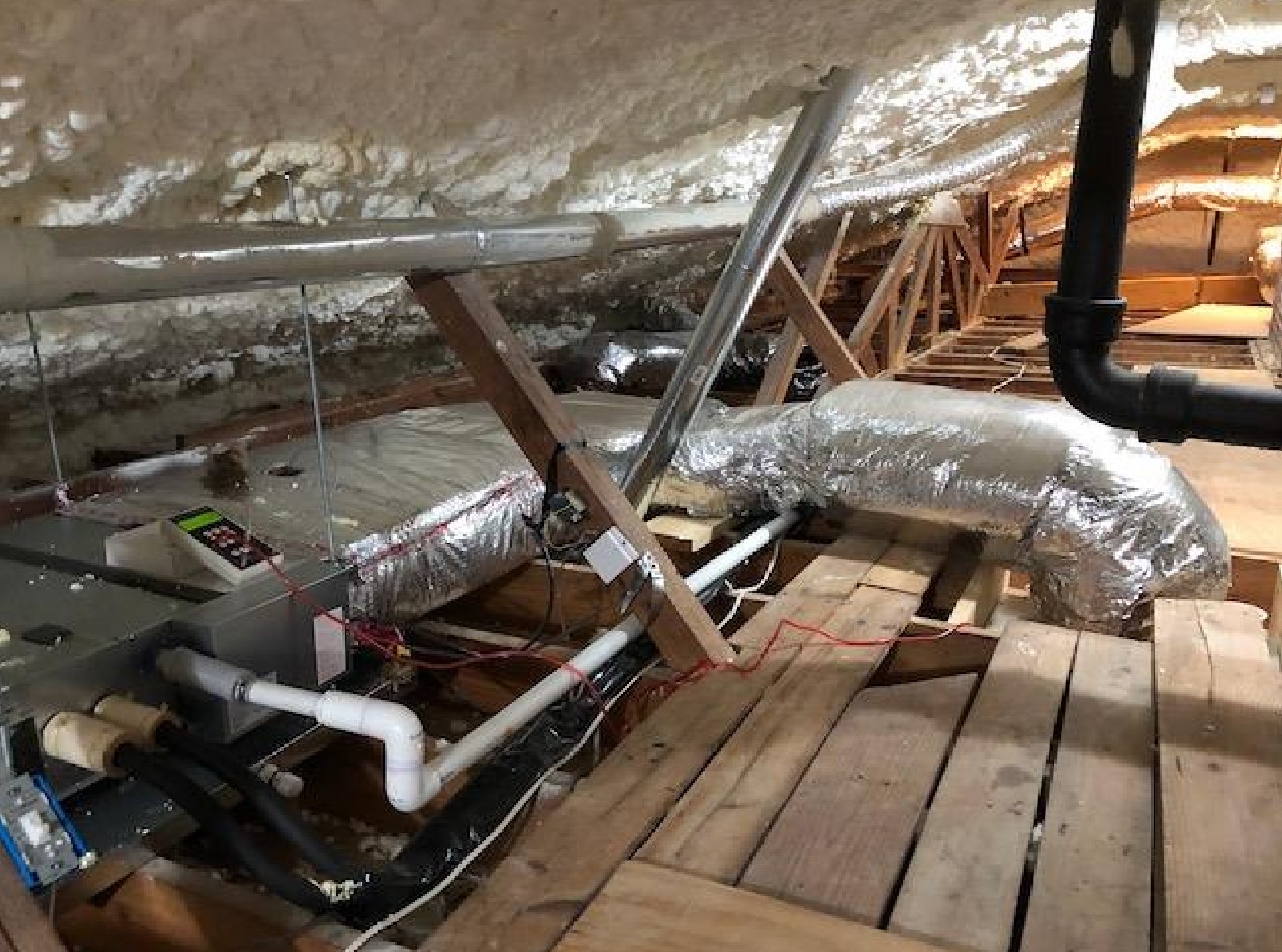
-
Phase 3: Renewables
Reduce the Produce! Having reduced the energy load and replaced mechanical systems with high-efficiency electric alternatives, we integrate renewable energy sources, often utilizing rooftop PV panels. Our collaboration with trusted Solar Consultant AEGIS ensures an array design and explores storage options through batteries. Additionally, we coordinate the installation and integration with the home’s electrical panel, making provisions for future EV charging stations, thereby ensuring homes are Future Friendly.

-
Incentives and the Inflation Reduction Act (IRA)
With the recent passing of the Inflation Reduction Act (IRA), the work involved in these three phases is now eligible for tax incentives, mail-in rebates, and point-of-purchase rebates. To explore potential savings, we recommend using the calculator tool provided by Rewiring America: https://www.rewiringamerica.org/app/ira-calculator
